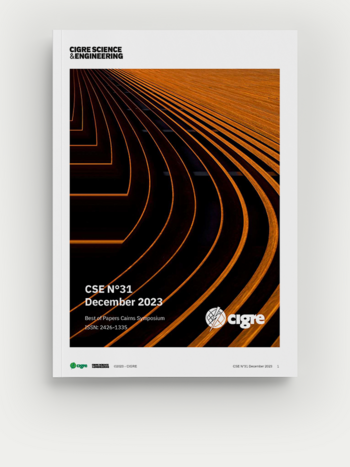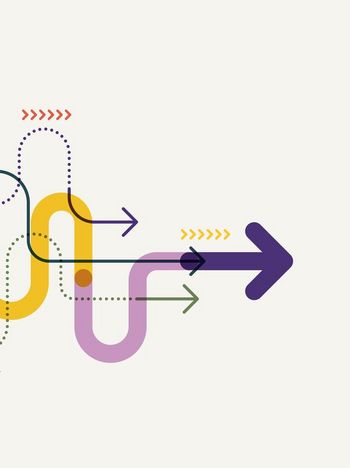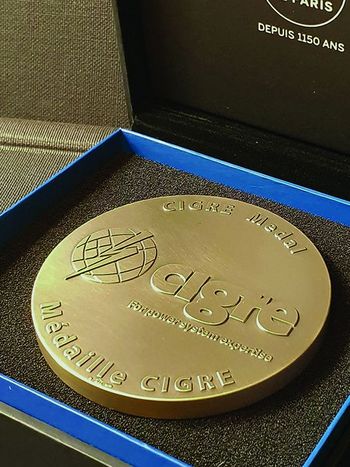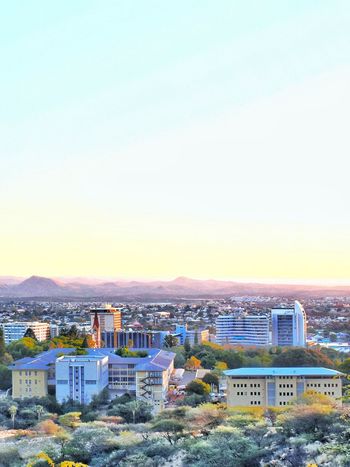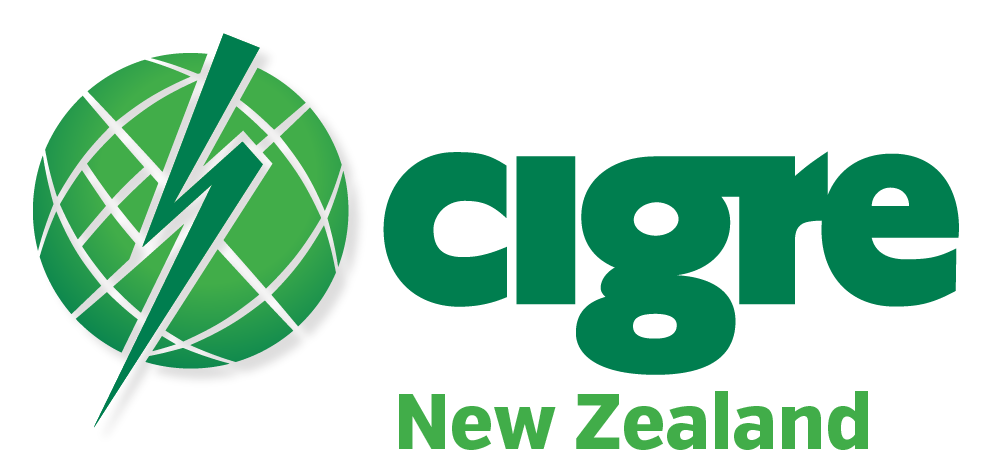CIGRE New Zealand - Fourth year of the A2 power transformers and reactors panel: helping to resolve capacity and capability problems
2023 began with unprecedented flooding in New Zealand, which refocused the nation’s efforts on disaster resilience and restoration. A concern is that capacity is already limited in New Zealand for infrastructure projects, and this will be exacerbated by climate-related extreme weather tying up more resource [1]. By facilitating discussion and knowledge sharing, CIGRE helps improve the overall capability of the power sector workforce. How should we structure our events to best achieve this given the limitations of volunteer resource? Late in 2023 we ran a member feedback survey to check.
February workshops at University of Canterbury, in conjunction with the A3, B1 and B2 mirror panels
In late 2022 with COVID-19 behind us we decided to return to running in-person workshops. André Cuppen had run the B1 one in 2022, which luckily had been unaffected by COVID disruption. I was keen to run one for A2, but had held off until this year because of the uncertainty caused by COVID. Dr Andrew Lapthorn and Prof. Neville Watson kindly agreed to host the A2 workshop in their high voltage laboratory, together with A3 convened by Dr Lapthorn, B1 with André Cuppen and B2 with Helen Gilbert. Thanks to the-then NZ chair Doug Ray for providing leadership support.
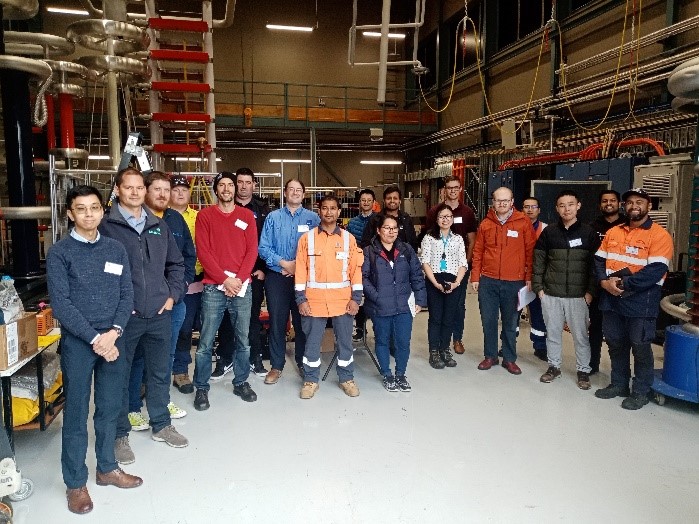
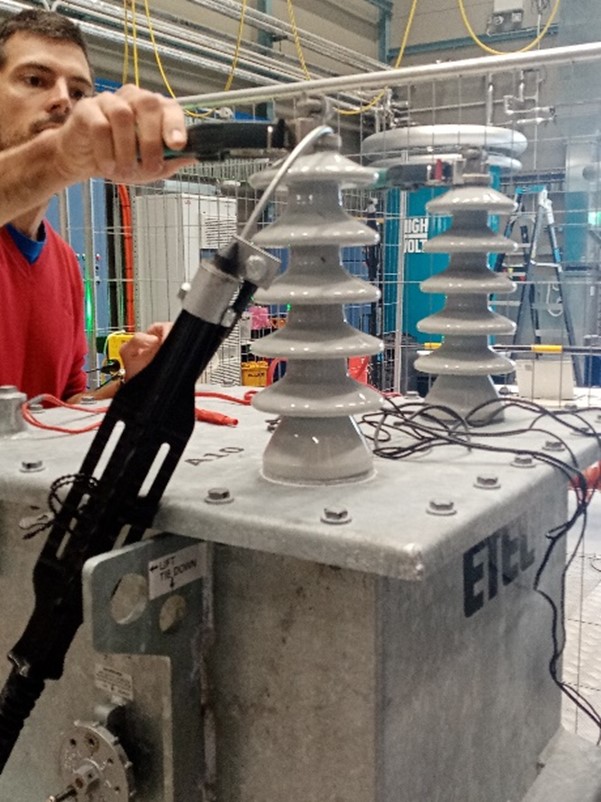
The NZ.A2 members recommended holding a transformer testing session, which provided a hands on learning experience that made good use of the laboratory. This was put into action thanks to Tibor Congo, Dr Hao Zhang, Daniel Hurley, Mark Leach and Dr Bhaba Das who gave demonstrations and presentations. The workshop was attended by forty in-person and online delegates who learned about different testing techniques. It was great to see so many people at the workshops with their different panel interests.
June annual panel meeting
Again, the University of Canterbury made their facilities available for CIGRE NZ, for which we are very grateful, and it was fantastic seeing the engagement between industry and academia. Prof. Watson and Dr Lapthorn opened and hosted the meeting, which I co-chaired with NGN member Thomas Wang. Lunch was sponsored by Reinhausen Australia. There were member updates, news about international SC activities from Tara-lee MacArthur, and an Australian update from Matthew Gibson which included the Cairns symposium. Technical presentations were given by Serge Gutieres about the use of photo acoustic technology in dissolved gas analysis, Thomas Wang on implications of large scale solar and impacts on transformer voltage control, and Barry Myburgh and Tim Farrell about transformer tap changers.
The afternoon session was a series of talks about the cyclone damage from earlier in the year, and the restoration, reliability and resilience of transformers and substations which followed. Utility engineers Mark Cozens, Russell Watson, Jon Brown, Oliver Pronk and Nishan Sooknandan spoke on this subject and impacts to their networks. In total there were thirty-two attendees. The meeting closed in time for the EPECentre and Aruhiko PEET 20th year celebration.
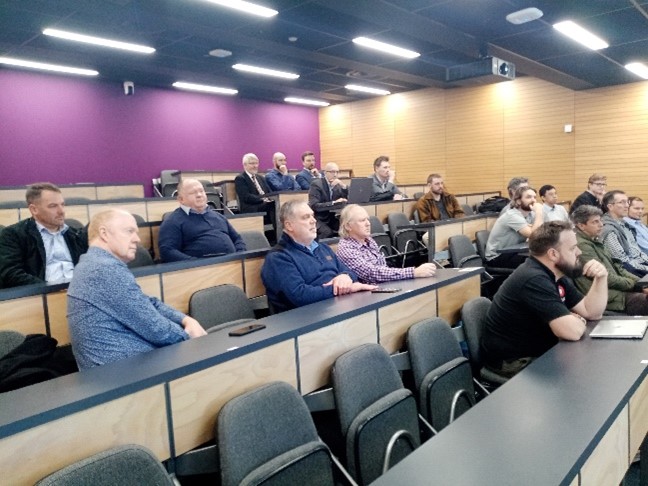
PEET is the Power Engineering Excellence Trust, a not-for-profit organisation established by industry and the University of Canterbury to ensure a pipeline of power engineering talent. Given the current problems with engineering capacity in New Zealand such centres are strategically important, and it was great to see so much interest from the A2 attendees in this work.

August webtute on risk based approaches to distribution transformer replacement
By chance, Tara-lee, Matt and I were in Sydney for work activities so we decided to run a webtute. One of our members had suggested the topic of considering risk when replacing a distribution transformer. Many utilities run them to failure as this is seen a lower lifecycle cost than early replacement. However, in the wake of the storms in NZ and significant damage across the country, some networks are asking if they can be more proactive and focus on minimising disruption. This was a difficult question because many transformers fail in storms due to impact, lightning surges or clashing conductors. The speakers, Russell Watson and David Shephard, gave their expert perspectives on this matter. Judith Marks and Thomas Wang also assisted in the delivery. There were fifty-eight attendees showing the high level of interest. One of our participants left the feedback, “I think the A2 is probably our best panel at the moment. Good preparation was done by the presenters and always interesting.”

September Cairns symposium
The Australian A2 convener, Matt Gibson, agreed to host a one-off joint panel meeting with NZ.A2 as part of the Cairns symposium. It was nice to catch up with so many colleagues who I haven’t seen in person since the COVID-19 closures. We had a whole day after the Cairns symposium to discuss transformer matters. It was exciting to hear about Dr Lapthorn’s geomagnetically induced current work at the University of Canterbury. Dr Das spoke about environmental sustainability and choices in transformer procurement. The NGN gave an update on their activities. Jimmy Kuang talked about high frequency transients and harmonics from data centres on transformers. I gave an update on transformer failure statistics from WG A2.62. There was an update from Ross Willoughby on the progress of WG A2.58 that is preparing a guideline brochure on site installation and site acceptance testing. Matt Ridgley talked about frameworks for quantifying risk/cost benefits, practical realities for mid life transformer refurbishment, and how TB 887 could be implemented in an Australian context. Philippe Reboul gave an update about environmental footprints and life cycle analysis of transformer oils. There was an update from AU and NZ NGN by Caolan Griffin and Thomas Wang, it was great to see the linkage with the A2 panel.

Preparing for next year
The strategic direction of NZ.A2 and mode of delivery of events was investigated. The COVID-19 lockdowns necessitated the need to hold events online. Now this had passed we wanted to find out how our members perceived online and in person events, and whether there was a preferred mix to optimise value of outcomes. Volunteer resource to organise and deliver events is always scarce, and so we need to ensure that we are focussing on the right mode of delivery. Our responders saw different positive points, they liked the convenience of short online webinars and meetings, while they valued the in-person nature of the annual meeting. This reinforced the delivery of NZ.A2 events as our intention is to keep the in-person meeting and two online each year, although of course working around the many other international events. Overall, the attendees commented that they’ve seen major value in attending CIGRE activities which has helped their employers manage capability. Another focus of mine is to assist in the setup of the new NZ NGN group, by including their members in NZ.A2 meetings. The aim is to assist the capacity of the industry by attracting new members into the profession.
Dr. Dan Martin is chartered professional engineer with over twenty years of experience, and a focus on power engineering, leadership and asset management. He is a chartered member of Engineering New Zealand, a senior IEEE member and a registered professional engineer of Queensland. He is currently the Treasurer of CIGRE New Zealand and their A2 power transformers and reactors convener. He is a senior engineer at Essential Energy, which is a state-owned electricity infrastructure company in Australia, working in zone substations. He has a PhD from University of Manchester.
Reference
- New Zealand Infrastructure Commission, "Rautaki Hanganga o Aotearoa - NZ Infrastructure Strategy," New Zealand Government, Wellington, 2022.
Thumbnail credit: Photo by Jasper van der Meij on Unsplash
